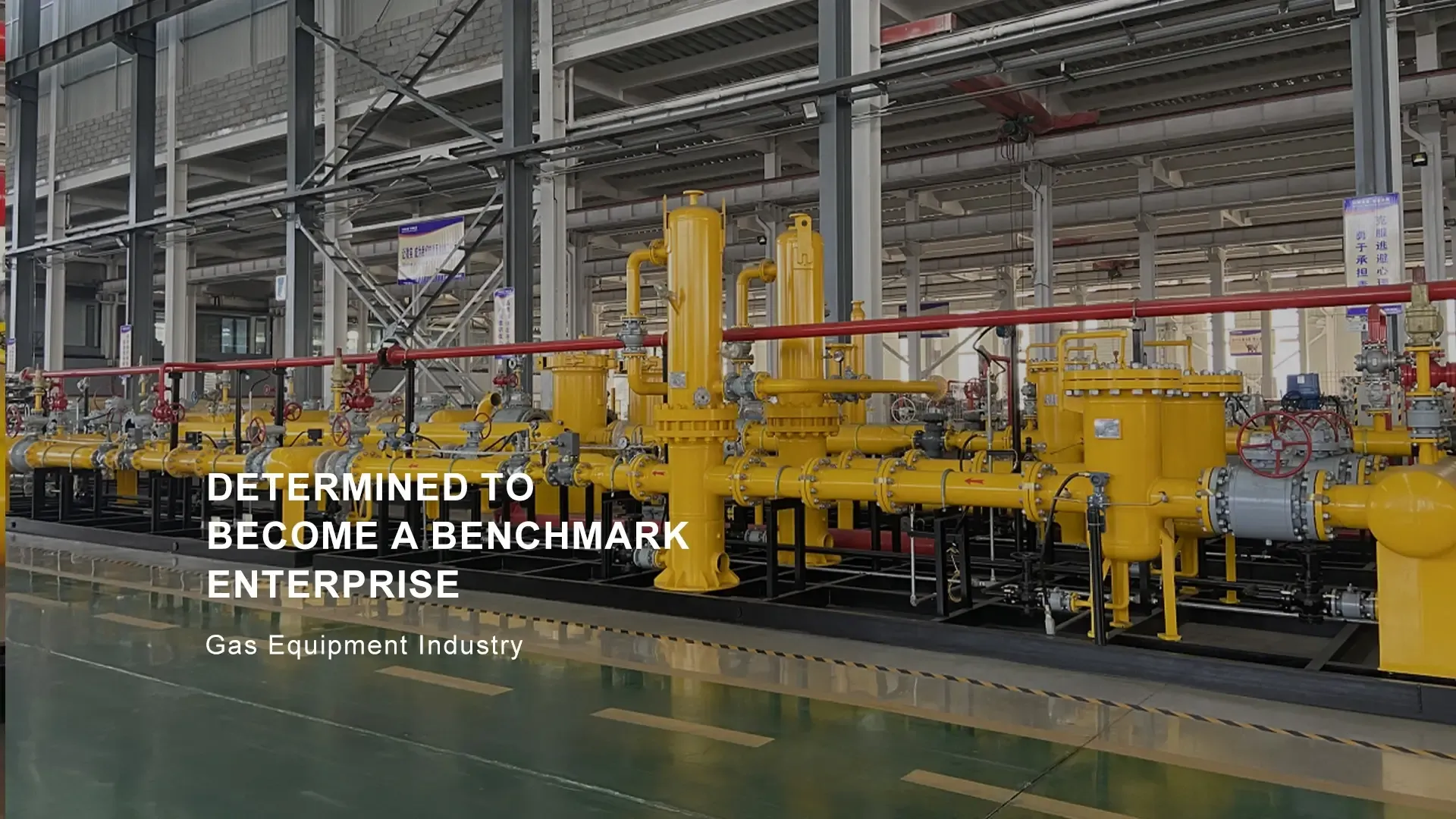
Dec . 17, 2024 03:40
Back to list
gasification equipment
Gasification Equipment Revolutionizing Waste Management and Energy Production
Gasification is a thermochemical process that converts organic or fossil-based materials into carbon monoxide, hydrogen, and carbon dioxide, using high temperatures with a controlled amount of oxygen or steam. This innovative technology has gained significant traction in recent years due to its potential to transform waste management and renewable energy production. At the core of this process is gasification equipment, which plays a crucial role in harnessing the energy locked within various feedstocks, including biomass, municipal solid waste, and fossil fuels.
The primary components of gasification equipment include the gasifier itself, which is the reactor where the conversion process occurs; feedstock handling systems; syngas (synthesis gas) cleanup systems; and various control and monitoring systems to ensure optimal operation. Each component is designed to facilitate the efficient conversion of feedstock into syngas, a versatile energy carrier that can be used for heat, electricity, or as a building block for chemicals and fuels.
One of the most significant advantages of gasification equipment is its ability to manage waste effectively. In landfills, waste decomposes anaerobically, releasing methane, a potent greenhouse gas. However, through gasification, municipal solid waste can be transformed into syngas, significantly reducing the volume of waste and minimizing environmental impacts. This process diverts waste from landfills and prevents harmful emissions associated with traditional waste disposal methods.
Gasification also offers an effective way to produce renewable energy. The syngas generated can be utilized in gas engines or gas turbines to produce electricity or can be further processed to create biofuels, such as ethanol or biodiesel. This flexibility allows for a range of applications, making gasification a valuable technology in the transition towards sustainable energy systems. Moreover, as the world increasingly shifts towards renewable energy sources, gasification can also convert various feedstocks into hydrogen, an essential fuel for future energy systems focusing on clean technologies.
gasification equipment

Another benefit of gasification equipment is its efficiency compared to other forms of energy recovery, such as incineration. While incinerators burn waste and convert it directly into heat or power, gasifiers instead produce syngas, which can be cleaned and conditioned for further use. This cleaning process removes particulate matter, tar, and other pollutants, resulting in a cleaner and more controllable output. This quality makes gasification an attractive option for many communities looking to develop waste-to-energy projects with minimal environmental impact.
The versatility of gasification equipment is noteworthy. Depending on the technology and design, gasifiers can handle various feedstocks, including wood chips, agricultural residues, and even industrial waste. This adaptability enhances the technology's potential for commercial applications, providing opportunities to meet localized energy demands while supporting sustainable waste management practices.
However, the deployment of gasification equipment is not without challenges. Initial capital investment can be significant, as the equipment and systems involved require advanced engineering and technology. Furthermore, operational knowledge and skilled personnel are essential to maintain efficiency and safety in gasification processes. Integrating gasification facilities into existing waste management systems also requires careful planning and consideration of regulatory frameworks.
Despite these challenges, the future of gasification equipment appears promising. As policymakers become more focused on sustainable development and reducing greenhouse gas emissions, gasification is positioned to play a vital role in the energy landscape. Ongoing research and technological advancements are likely to improve the efficiency and economic viability of gasification systems, paving the way for wider adoption.
In conclusion, gasification equipment represents a transformative approach to waste management and energy production. By converting a wide array of feedstocks into valuable syngas, this technology not only mitigates waste issues but also contributes to a sustainable energy future. As we continue to seek innovative solutions to environmental challenges, the integration of gasification into our waste and energy systems could provide significant benefits for both society and the planet. With continued investment and development, gasification equipment holds the potential to revolutionize how we manage resources and produce energy in the 21st century.
Latest news
-
Safety Valve Spring-Loaded Design Overpressure ProtectionNewsJul.25,2025
-
Precision Voltage Regulator AC5 Accuracy Grade PerformanceNewsJul.25,2025
-
Natural Gas Pressure Regulating Skid Industrial Pipeline ApplicationsNewsJul.25,2025
-
Natural Gas Filter Stainless Steel Mesh Element DesignNewsJul.25,2025
-
Gas Pressure Regulator Valve Direct-Acting Spring-Loaded DesignNewsJul.25,2025
-
Decompression Equipment Multi-Stage Heat Exchange System DesignNewsJul.25,2025

